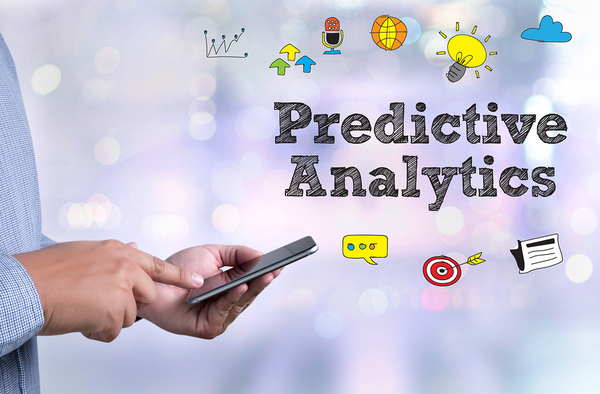
You have heard the saying “failing to plan is planning to fail.” When companies plan for the future, they rely upon historical data. If you do not have the right historical data, though, your plans are not going to be effective or successful.
In many organizations data is locked in silos, making it challenging to derive value from it as well as to create successful plans based upon accurate information. Data integration solutions enable predictive analytics, which yield enormous benefits for firms.
There are four ways in which predictive analytics inform future business strategy. They provide insight into upcoming trends, enable you to predict an individual customer’s future purchases, help identify what market segments are about to emerge, and help you respond faster to changes that affect your company.
Insight into Upcoming Trends
Predictive analytics, as the name implies, is a form of analysis that calculates the probability of future outcomes. It measures and assesses data to draw conclusions about what is likely to happen.
One way predictive analytics helps companies shape their strategies is to provide insight into future trends. Consider an example.
Predictive analytics helps retailers make better decisions that will lead to higher customer satisfaction.
When retailers choose what merchandise to stock for the upcoming season, predictive analytics helps them make better decisions that will lead to higher customer satisfaction. They can see what shoppers are searching for online; more search queries for a particular item (say, navy winter jackets) might mean that consumers will be willing to purchase that product if it is on the shelf. Thus, it would be a good idea for the retailer to stock that merchandise.
An Individual Customer’s Future Purchases
While predictive analytics is a boon to firms when they are trying to determine which merchandise to stock, they can be used on a much smaller scale as well. In fact, companies can utilize predictive analytics to figure out what an individual customer will buy next based on his or her history.
The online retailer Amazon offers a great example of using predictive analytics at the most granular level imaginable. Marketing specialist Frank Bocchino explained in an article for Business2Community that Amazon analyzes your browser history against people who have made purchases. If you fit that profile, the site will suggest products for you (to wit, Amazon recommended Bocchino should buy vitamins 29 days after his last purchase of that item as well as bed linens following his purchase of pillows).
Predictive analytics targets customers that are more likely to make purchases, so you utilize your marketing spend more effectively.
Bocchino points out that predictive analytics are not just for B2C retailers. The same approach can be used for B2B clients. Instead of wasting time, effort, and money on leads that might not pan out, predictive analytics targets B2B customers that are more likely to make purchases, so you utilize your marketing spend more efficiently.

Emerging Market Segments
Being able to connect with your next customers and increase satisfaction rates by suggesting items that they might want to buy is quite valuable. But, what if predictive analytics allowed you to identify an entirely new market segment?
Suppose that research shows medium-sized companies are your strongest customers. Your competitors have reached that same conclusion, and are targeting the same firms. You can stay one step ahead of the competition by using predictive analytics to pinpoint small firms on the cusp of growing into medium-sized ones. When they have grown further, you will be ready to seize the opportunity.
Respond Faster to Changes
There are a number of factors that are completely outside of your control that could affect the success of your company – natural disasters, geopolitical upheavals, and global economic shifts. For example, 2016 was the year that Britain voted to leave the European Union and Donald Trump was elected president of the United States. Many people were caught off guard by these two events, and the economic reverberations are still unclear.
Predictive analytics play an important role in giving businesses a sense of the impact these occurrences will have on them. Take carbon tax as an example.
Predictive analytics play an important role in giving businesses a sense of the impact these occurrences will have on them.
There have been politicians in various parts of the world that believe that putting a tax on carbon by-products will encourage consumers to reduce their reliance on fossil fuels by spending less money on such items. A number of jurisdictions have implemented such a tax, with others strongly considering its enactment.
If you do business in a jurisdiction that has not enacted a carbon tax, predictive analytics can help you determine how such a tax would affect your firm. This type of analytics could tell you if it would become too expensive to continue operations in that jurisdiction or how you would need to price your service or product differently in order to stay competitive.
This type of analytics can tell if it would become too expensive to continue operations in that jurisdiction.
Predictive analytics are a vital tool for companies who want effective strategies for the future. Data integration solutions create a link between information and analytics platforms so those strategies are built on the most accurate data possible. To learn more about how data integration solutions will improve your predictive analytics, contact us.





